Design excellence in wood has been at the forefront of Mikiya Kobayashi’s practice ever since he established his studio in 2006. Through his innovative design approach that connects traditional Japanese craftsmanship with new concepts and modern technologies, Kobayashi advocates and advances the use of this beautiful, natural resource in industrial design. Minimalist and elegant, Kobayashi’s designs are realized with the utmost care, respect, and understanding of the material to bring beauty and enjoyment into everyday life. Sometimes it can be through product design and sometimes through furniture and interiors, but what all Kobayashi’s creations have in common is that they integrate naturally into people’s daily lives, generating an enriching and everlasting relationship between users and objects.
Today, Gessato talks with Mikiya Kobayashi about his design philosophy, the value of heritage in his practice, and why he prefers wood as the main material in his work.
Hello Mikiya! Thank you for speaking with us today. What three words best describe you?
Hi! Likewise, thank you for your time. Three words that describe me are curiosity, passion, and self-innovation.
Tell us a bit about your beginnings in design. How did it all start for you?
Thinking of the very beginnings, I believe it started when, as a kid, I was practicing Shodo, the traditional Japanese calligraphy. The discipline and beauty behind this practice has sparked a desire to create objects that bring beauty to every single moment of daily life. After graduating from Musashino Art University, I soon joined FIELD FOUR DESIGN OFFICE, one of the biggest interior design firms in Japan. In 2006, I founded my studio in Tokyo and began designing for wood products companies.
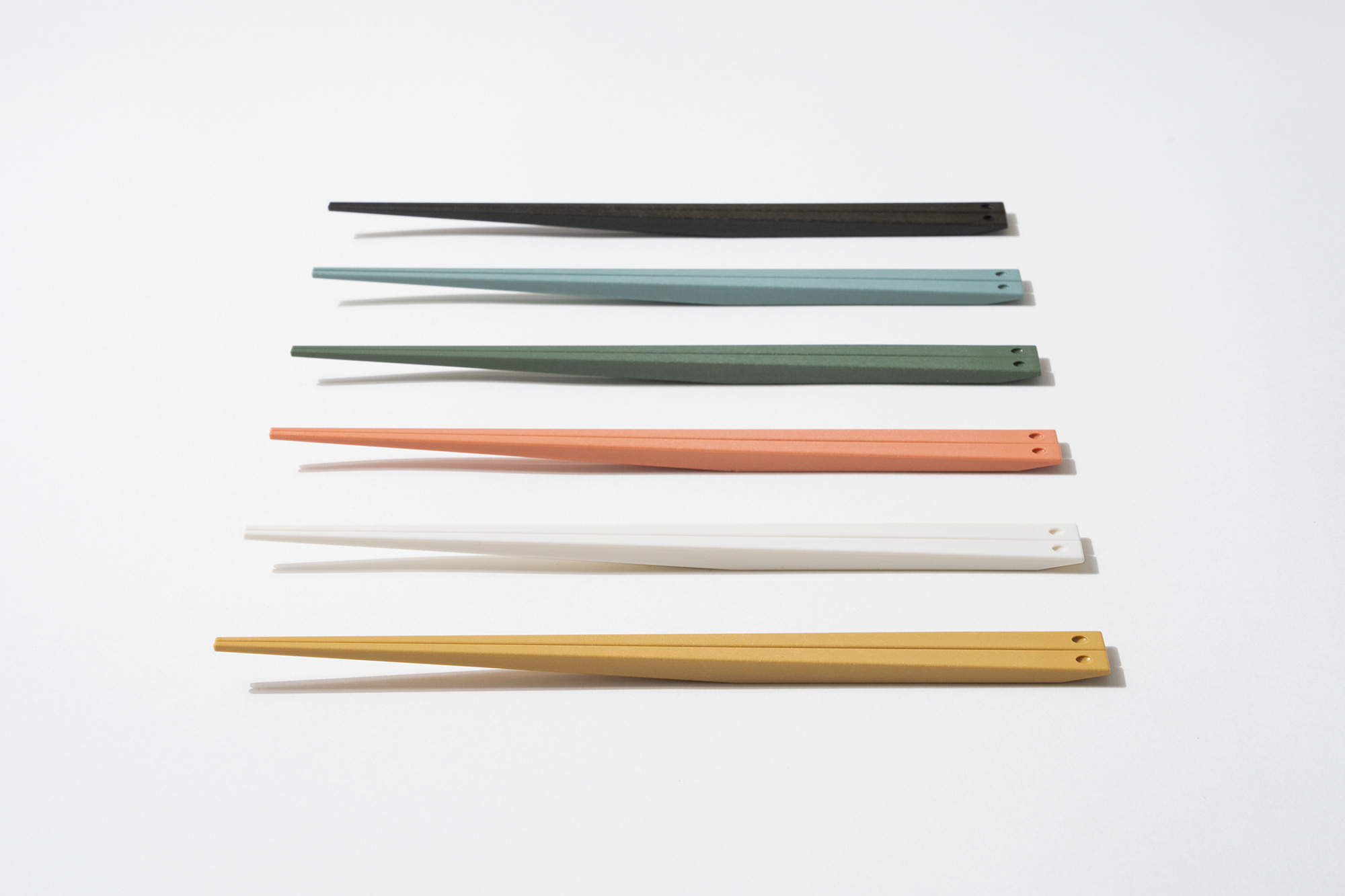
How would you describe your work?
I believe (or at least I hope!) that my work expresses the enjoyment of every little thing in my daily life. That’s because there are so many design tips in it that can trigger new exciting ideas. When I am not working, I keep myself busy with many activities that widen my perspective, such as studying new subjects or doing sport. I realized these extra activities help me create designs that fit our current lifestyle according to daily moments.
How do you manage to maintain integrity in your work?
I work within a wide range of projects but always apply the same approach. It starts with research, especially when I am challenging a project typology I haven’t done before. Once I have gathered the essential information, I start considering what I can bring to the client I am working for. Then I begin defining concepts, keeping in mind both the final users and the environment in which the product will be placed. It is essential to know the client and its facilities to deliver a project that will be manufactured efficiently. I also strongly believe in the importance of the time I spend outside the studio, both for work or personal reasons, as it refreshes my mind and helps keep the workflow effective.
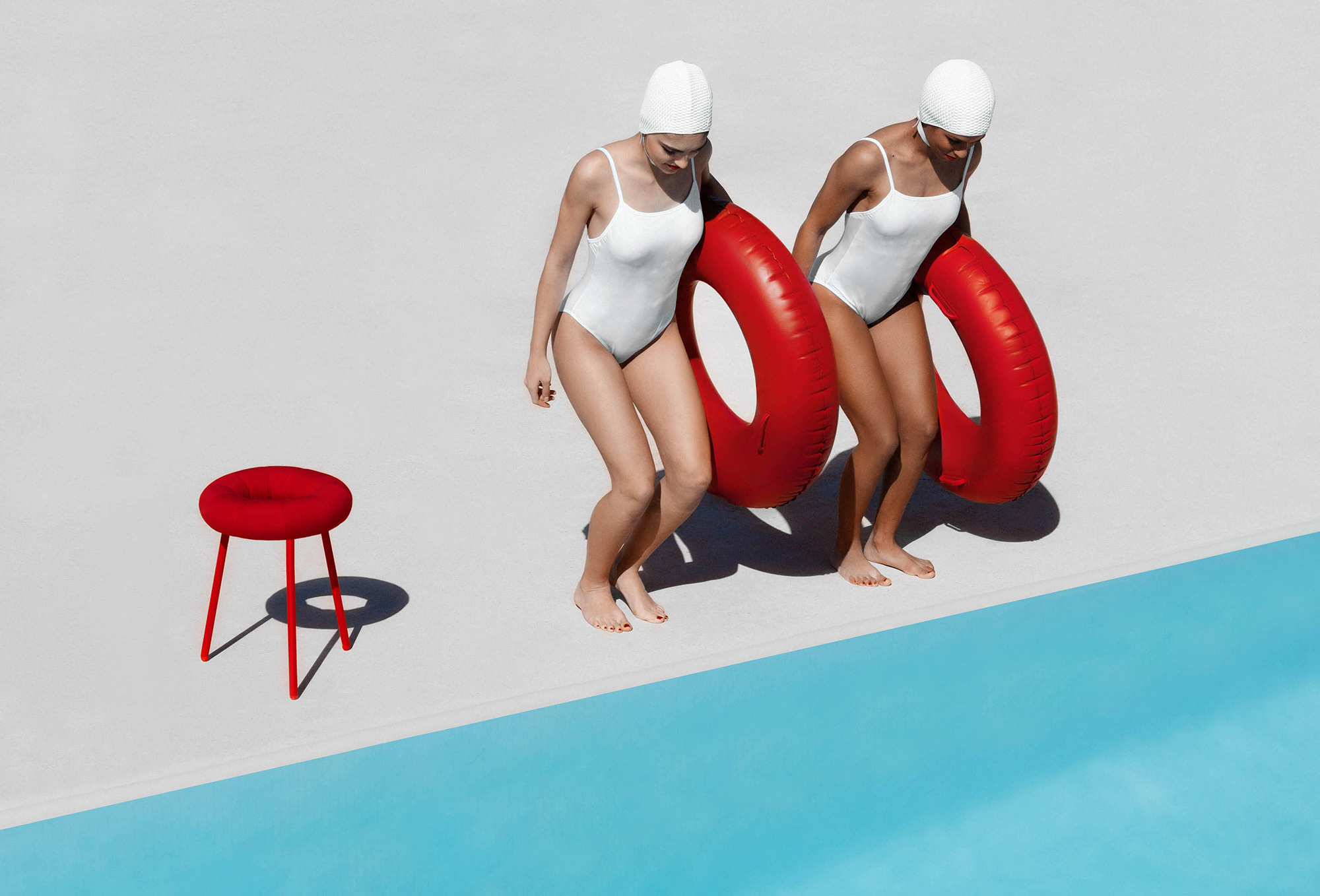
In your work, you emphasize pure and simple forms to create a sense of serenity and elegance. Would we be wrong if we say that you base your design on feelings rather than functionality?
I wouldn’t say I base my design on feelings rather than functionality. Still, I strongly believe an object, in addition to its function, should be able to transfer a positive feeling when we use it. I like to explore the actions we do when using a product and design items, making users realize how pleasant it can be to interact with a good product. The value of the material is also a vital aspect, as it helps to communicate the feeling and perception of a product, enhancing its emotional aspect.
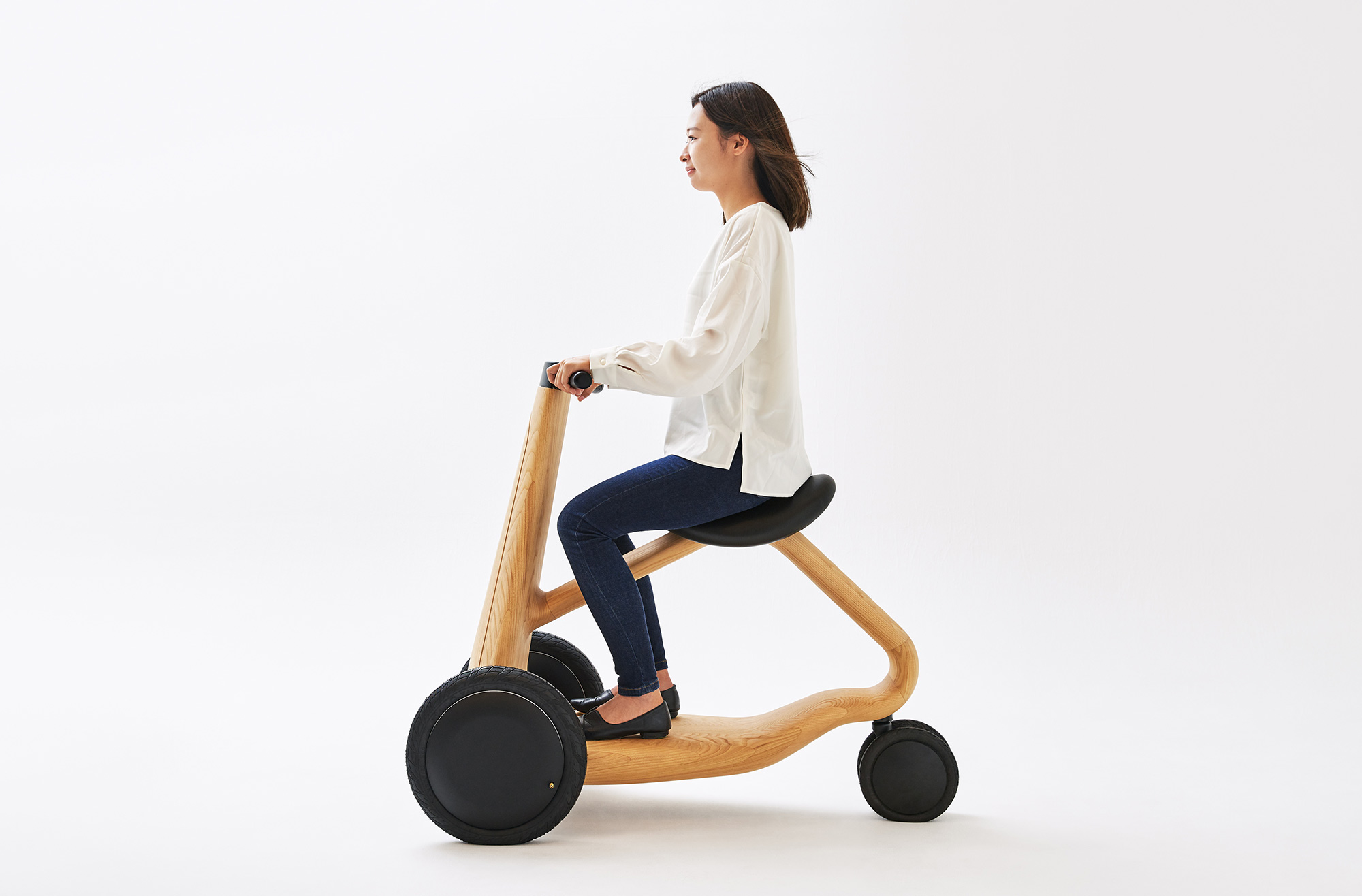
How difficult is it to achieve this kind of purity and minimalist beauty?
It is never easy to achieve simplicity and purity, but in my approach, I always define from the beginning if the product I am designing will interact mainly with the human body (like a chair, for example) or with the environment (like a bookshelf). In my work, I think it is easy to perceive how objects that communicate with the body have more organic shapes, while objects interacting with space are more defined by straight lines and volumes. This approach helps me to deliver designs that naturally blend with their purpose.
What place color occupies in your minimalist approach to design? How important is it to you, and what purpose does it have in your design language?
Colors are, of course, a fundamental aspect of my work. They define the mood, as well as the target. They are also often needed to communicate the brand for which the products are designed. I usually prefer neutral colors that can easily match natural materials, but sometimes contrasts and accents are needed to express a project’s character and identity.
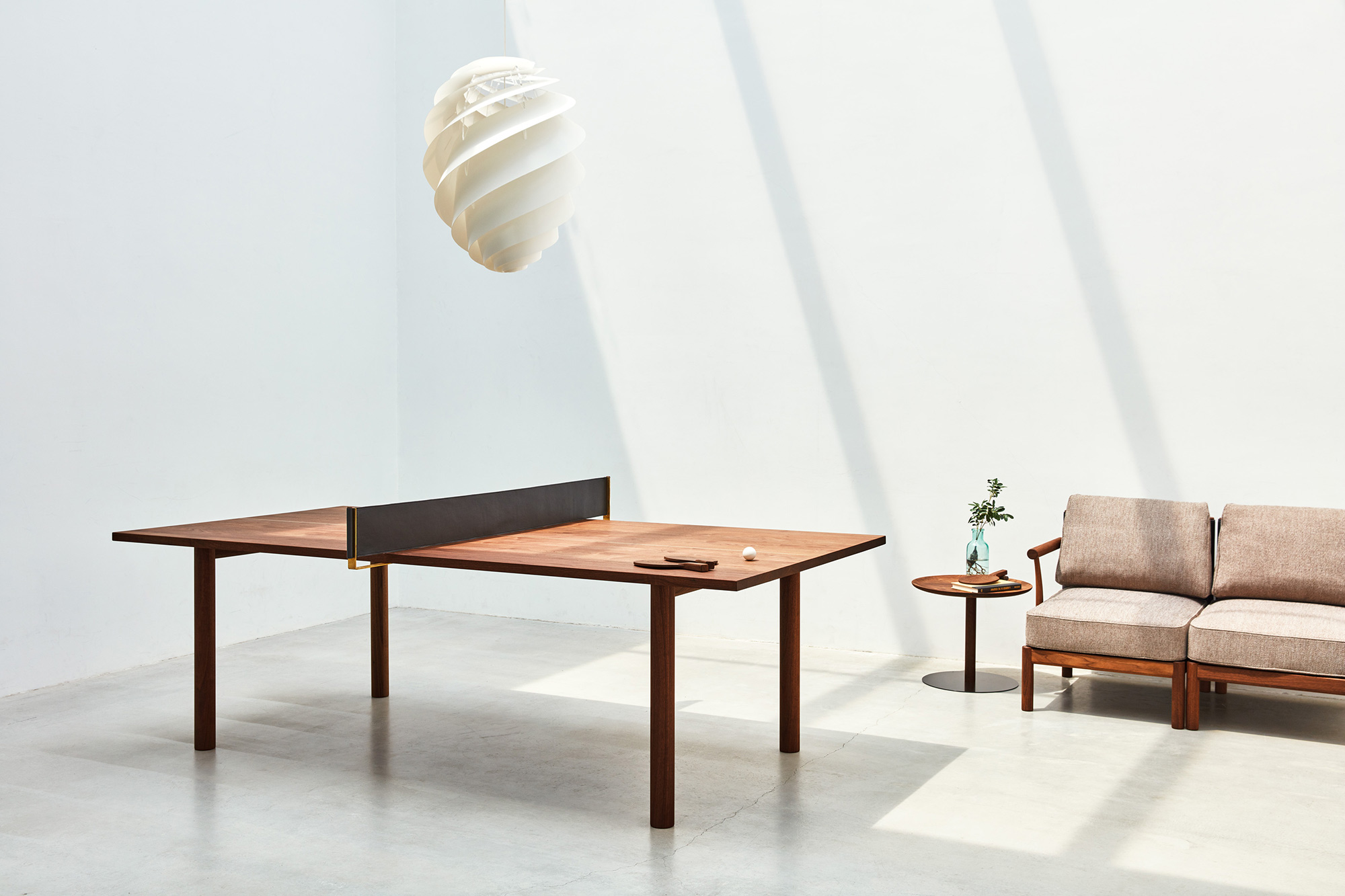
You prefer to work with wood. What properties of this material do you like the best for transferring your design philosophy into design?
Since the beginning of my career, I have had an inclination for natural resources during the design process. It is the main reason why wood has become one of the most used materials in my projects over the years. I also feel closely related to my cultural heritage, and wooden objects have a long tradition in Japan. I always find challenging the idea of connecting this tradition with new concepts, manufacturing processes, and technologies.
Another important aspect of your design method is connecting traditional Japanese concepts and production processes with modern technologies and thinking. In your opinion, what tradition can bring to contemporary design?
I believe traditional craft and modern technology are equally important. We keep moving forward, but knowing our origins is fundamental to avoid getting lost along the way. In my work, I always try to keep in mind this connection and find harmony in it. I am fascinated by technology that draws inspiration from crafts and tradition, but I also like to think that crafts can be developed through modern technologies and manufacturing processes. Keeping the tradition alive helps avoid mistakes we have made in the past and reminds us that only the tools change; therefore, traditional approaches can also be applied to contemporary design.
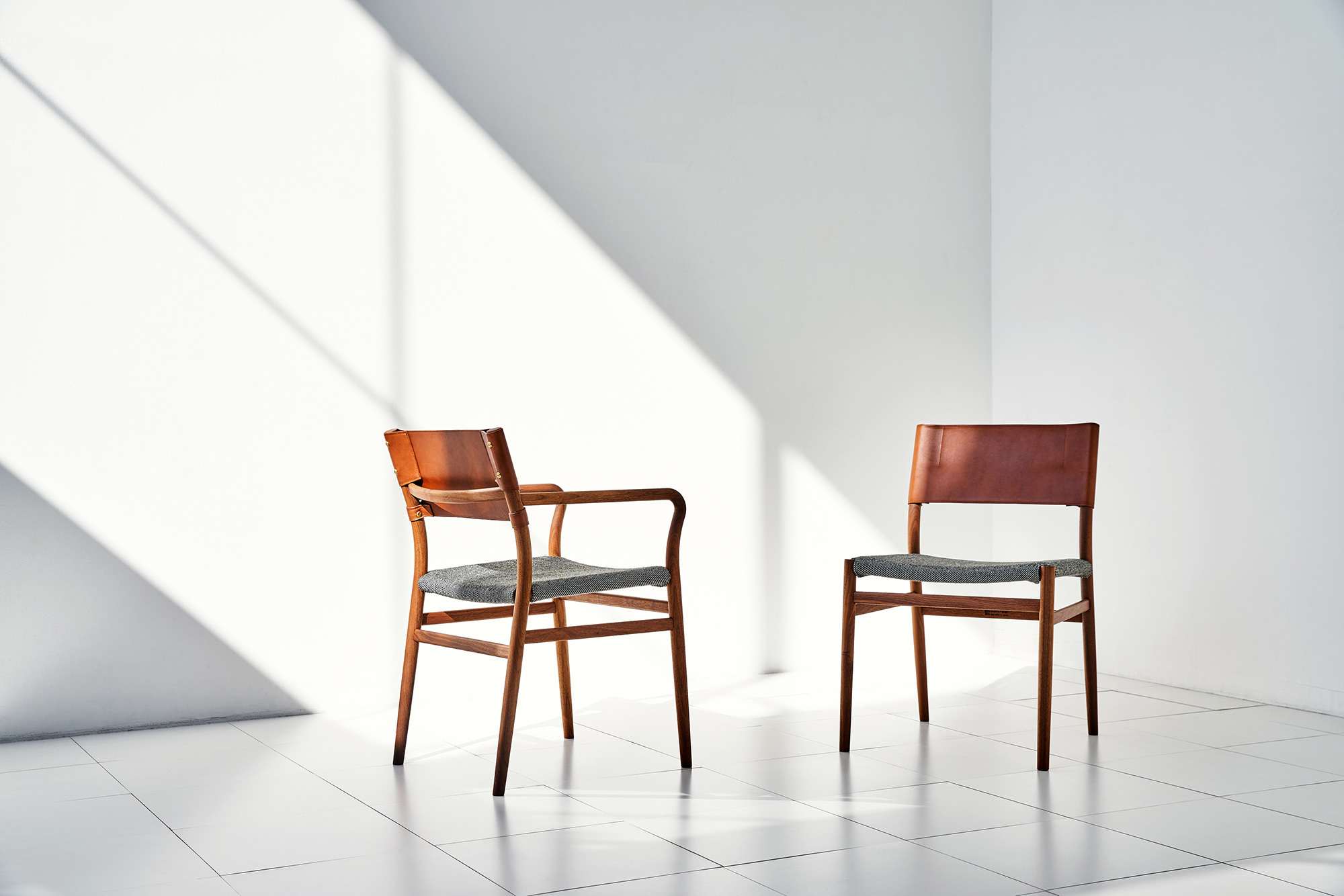
How important is sustainability to your practice, and what are some of the sustainable techniques you implement in your work?
Nowadays, applying sustainability to the design approach is not optional. We have to keep in mind a product lifecycle from the very first stage of its development. The use of suitable material for the purpose is a crucial point to avoid waste.
What is a good design for you?
I believe that good design is when a product idea comes from our everyday lives and is meant for it. It should stand the time and become part of us, making it a valuable moment every time we use it. Also, when I design a new product, I would like it to integrate naturally into the user lifestyle without the need to explain how to use it, and even though it is new, it should feel as if it has always been there. Last but not least, I think if we can give products an emotional value and create a relationship between the user and the object, good design can make a difference.
What are you working on at the moment?
We always keep ourselves busy with a variety of projects. I am currently working on the interior design of a Spanish restaurant that will soon open in Kamakura, south of Tokyo. I am also working on a total project of a villa in Okinawa that will hopefully finish next year. We have, of course, several projects going on at the same time, from home furniture to contract collections, as well as medical devices. In addition to that, we run our showroom/store Implements.
Thank you, Mikiya, for taking the time to talk with us, and best of luck with your future projects!
Thanks to you, it’s been a pleasure!





